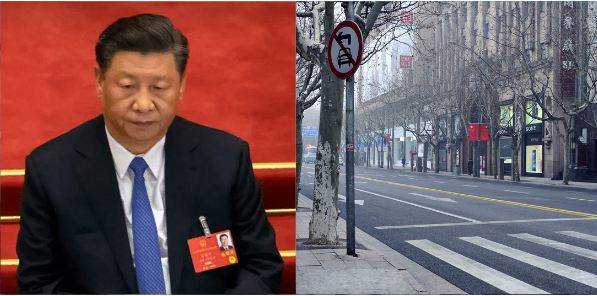The Chinese government had high hopes for the division of sub-urban Shanghai into European “towns,” which would relieve civil pressures in the city’s core while also creating new economies and attracting tourism across the district. Other areas of the world caught wind of the ambition and imitated it, with housing projects modelled after quaint Swiss towns and Italian shopping promenades.
What was once a tourism initiative with such a wide scale that it was unfathomable to other continents succumbed to its own marketing hype. Strange versions of the world’s favourite resorts, with environments that looked more akin to film production lots, left tourists underwhelmed.
Things soon became weird. Some argue that the projects should be referred to as failed theme parks; after all, China is thought to have over 1,600 such attractions. Hundreds of millions of yuan have been squandered on China’s own mini-Epcot’s, which are now ghost towns at worst and mediocre photo opportunities at best. Experts are also baffled as to how it happened.
The Shanghai Planning Commission launched a project called “One City, Nine Towns” in 2001. The Chinese tourism industry decided that investing a large sum of money in recreating some of Europe’s most famous and authentic towns and cities would be beneficial.
China’s State-led city development model simply cannot create thriving cities and all it can manage is dead, ghost cities. Take the example of Thames town in Shanghai. The city was inspired by the capital city of the United Kingdom i.e. London. In 2006, China’s version of England’s capital city cost an eye-watering €642 million to build.
The cobblestone streets and telephone boxes of Shanghai’s Thames Town were insufficient to pique Chinese tourists’ attention. Property in the region sold like hotcakes, despite the fact that it was designed as a typical medieval market town. The local area’s identity crisis was disappointing, and many of the nearby commercial spots quickly vacated as a result. CN Traveller named it a ghost town ten years later.
Another big example of a failed western city imitation was Tonghui Town. Inspired by Interlaken, Switzerland, Tonghui Town, located near Beijing’s Central Business District, used to be lined with facades that resembled a typical Swiss market street. Visitors will visit a variety of bars and shops catering to the capital’s creative types.
Tonghui sits surrounded by a green fence. Visitors who want to visit the creepy enclaves must first obtain special permission from an area manager.
One of the managers, in charge of managing the area’s growth, blamed its losses on “a flaw in branding,” but the signs were there from the beginning. When there is so much of China’s own culture to discover, Chinese visitors are less interested in visiting Europe.
Cities in China do not grow organically. China plans to construct and develop cities before relocating up to 300 million people into them. A sort of artificial city boom has been developed.
Photographer Kai Caemmerer told Business Insider, “Unlike in the US, where cities often begin as small developments and grow in accordance to the local industries, these new Chinese cities are built to the point of near completion before introducing people.”
The government had high hopes for the division of sub-urban Shanghai into European “towns,” which would relieve civil pressures in the city’s core while also creating new economies and attracting tourism across the district. Other areas of the world caught wind of the ambition and imitated it, with housing projects modelled after quaint Swiss towns and Italian shopping promenades. But with all other imitations that China keeps on producing this also failed miserably.








